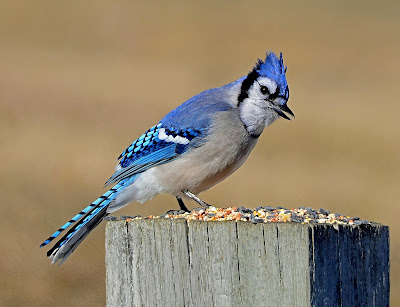A quintessential image associated with the rocky coast of Maine south to the long sandy beaches of the Cape is the beach rose.
 |
| Rose hips adorn beach rose at Long Sands Beach in York |
Long hedgerows of this prickly shrub guard the backs of beaches and nestle into the glacier-dropped stones that litter the coast. The scientific name for beach rose (also called scrub rose) is Rosa rugosa. Rugosa is Latin for “wrinkled,” referring to the wrinkled surfaces of the dark green leaves. The stems are covered with thin sharp spines and the flowers are fairly big (as wild roses go), up to 5 inches across and range in color from white to dark pink. Most notable, to my mind, are the huge fruit — the rose-hips — shiny, orange-red, fleshy rose-hips, which are ripe and at their peak right now.
Like so many of us who call ourselves New Englanders but weren’t actually born here, beach roses are not native to this area. They are native to China, Japan and Korea and were first introduced to Europe in the late 1700s.
Their date of arrival in the eastern United States is unknown and it is unclear how they first arrived here. One story I have heard, but can’t verify is that rose-hips were carried (along with lemons and limes and other citrus fruit) by sailors in the 1800s to prevent scurvy (rose-hips being high in vitamin-C). According to the New England Invasive Plant Atlas, “Rosa rugosa has been in the United States long enough that many feel that it is native to the shores of New England. While the actual date of introduction is not known, it was reported from a Nantucket roadside away from cultivation in 1899. By 1911, this plant was described as 'straying rapidly.' In 1920, Rosa rugosa was quite well established on Nantucket as well as in Connecticut. It was commonly planted as an ornamental along highways because of its high salt-tolerance, contributing additional points of introduction.”
I have friends raised in the 1920s and '30s who remember their mothers making rose-hip tea, so the fruit must have been well enough known in this area for people to know to look for it and use it, and was definitely considered a native by that time by most people. Today you can find beach rose in all New England states, from Maine to Virginia, west to Minnesota, as well as in Washington state.
One reason they do so well in the Northeast is because this is a similar biome to their home in Asia – northern temperate deciduous. There was a really interesting study published in 2000 that looked at photosynthesis in the leaves of beach roses and found that these roses were more well-adapted to northern climates than other species — their optimum temperature for photosynthesis was lower and they had higher rates of photosynthesis at lower light levels than other species (Ueda et al. “Photosynthetic response of Japanese rose species Rosa bracteata and Rosa rugosa to temperature and light.” – Scientia Horticulturae).
Around here, beach roses are often planted to help stabilize dunes and parts of the coast susceptible to erosion. But, like all good invasives, they can take over and have the potential to out-compete native species. This makes beach rose less effective at controlling erosion than previously thought—they might in fact worsen erosion in some areas by crowding out other more effective erosion control plants. Beach rose definitely forms impenetrable monocultures on the dunes near my house – great if you’re trying to keep people away, but not so great if they also exclude native plants, and really not so great if the native plants were doing a better job stabilizing the dunes. I recently planted beach roses next to the road figuring they were hardy enough to withstand the excessive road salt used in the winter … they were ... but at what cost?
Whether they should or shouldn’t be here, given that the beach rose is abundant in the Seacoast area, it makes sense to harvest the fruit. The fruits, dried or fresh, make great tea. A syrup can be made from the dried fruit that can be used for jam or jelly, a nice way to capture those last rays of summer sunshine.
Susan Pike, a researcher and an environmental sciences and biology teacher at St. Thomas Aquinas High School, welcomes your ideas for future column topics. She may be reached at spike3116@gmail.com. Read more of her Nature News columns online.



Comments
Post a Comment